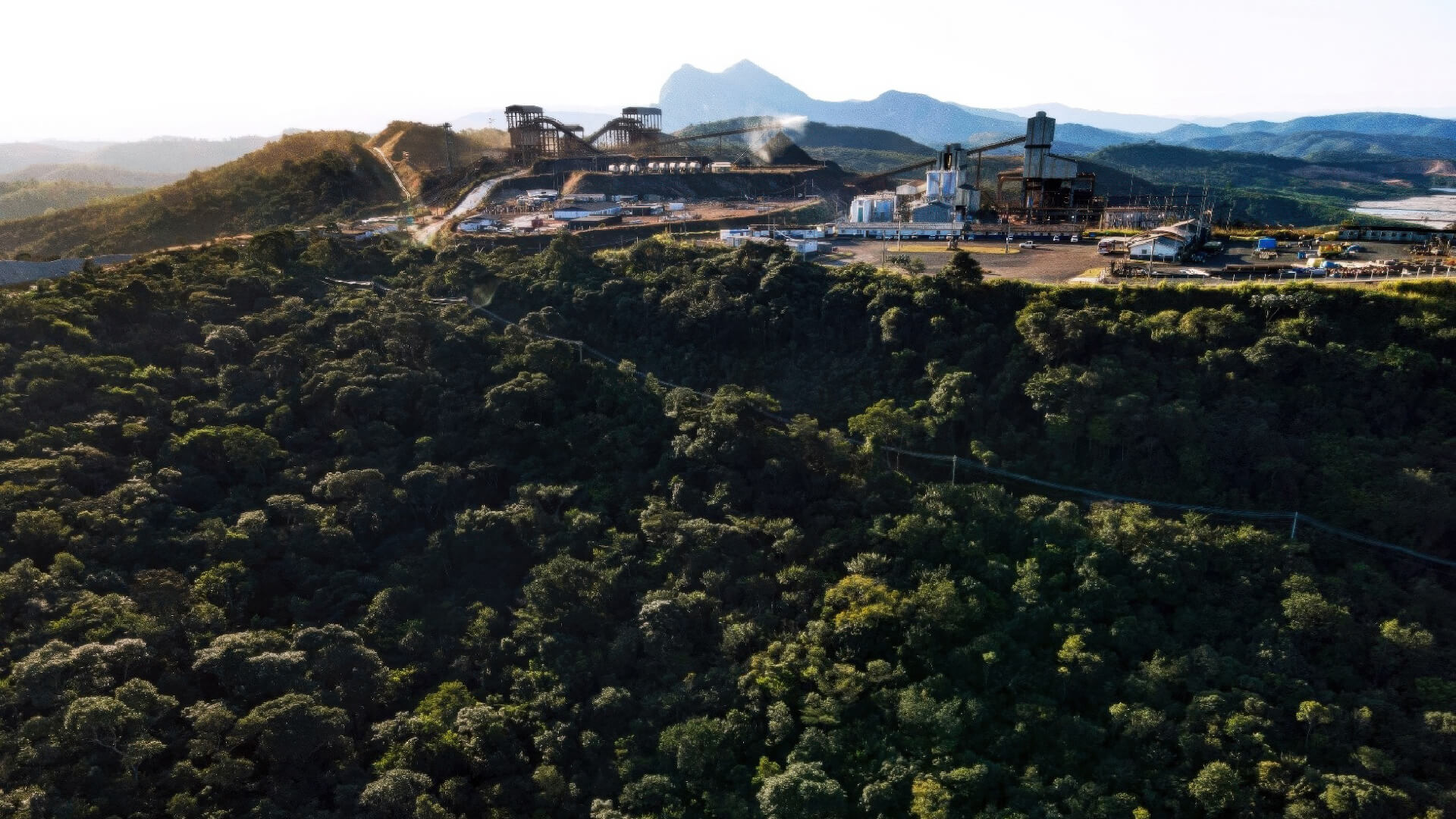Extractives case study
Anglo American – Implementing the IUCN RHINO approach in Minas-Rio, Minas Gerais state, Brazil

Overview
Anglo American has been working to strengthen its biodiversity standards for the application of the mitigation hierarchy at all stages of its operations since 2018, when the global mining company publicly committed to achieving a net positive impact. As an early adopter of the TNFD framework, Anglo American was interested to pilot the IUCN RHINO approach and to understand how using a science-based metric like STAR could further inform their biodiversity management programme (BMP) to contribute to Nature Positive outcomes and to the KMGBF.
Out of 22 Anglo American mining sites screened in Africa, South America, and Oceania, the selected Minas Rio site presented the highest estimated START score (1,486.5 centi-stars) and therefore the highest potential of IUCN RHINO contributions. Minas Rio is located in the Southern Espinhaço Mountain Range that stretches through Minas Gerais, Brazil and is a designated Biosphere Reserve.
The pilot project was implemented over a five-month period in 2024 with Anglo American global and local teams, as well as IUCN and UNEP-WCMC teams. During this time, the Locate, Evaluate and Assess phases of the IUCN RHINO approach were completed. In 2025/26, a new phase of the project will focus on the Prepare phase, with the aim to agree on an action plan shared with the other relevant stakeholders at landscape level to quantify targets and the possible contributions of Anglo American to the KMGBF and to Brazil NBSAPs in the area.
Take your first step to Nature Positive outcomes
IUCN RHINO guides what to do, where to act, and how to measure progress towards Nature Positive outcomes.






